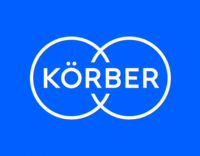The principle of the circular economy is based on maintaining the life cycle of products for as long as possible. Existing materials and products should be used for as long as possible through durable construction, maintenance, repair, reuse, remanufacturing, refurbishing or recycling, thus reducing resource consumption, emissions, and waste.
The opposite of the circular economy is usually referred to as a linear economy or throwaway economy. It is the currently dominant principle of industrial production. Here, a large part of the goods and materials used are dumped and incinerated after use and only a small proportion is reused.









